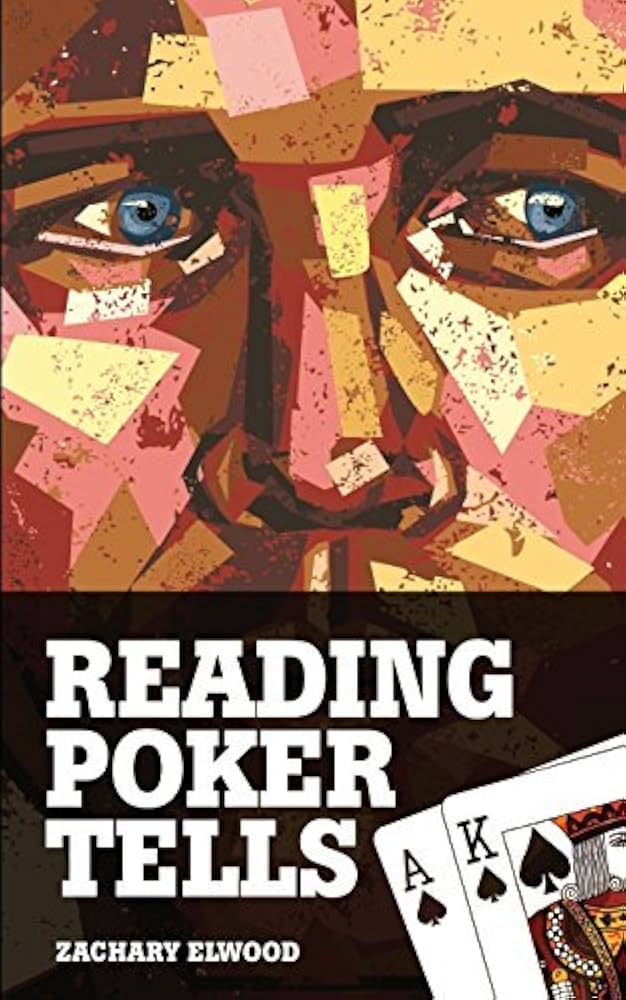Live poker is fun even for the most devoted online poker grinders. The atmosphere of a real poker table is hard to emulate via the internet, so it’s no wonder that many players love to hit live felt every now and then.
Here are our tips you should consider before going to a casino poker room for the first time: A few things you should know about playing live.
Whether you’re into live poker just for the feel of it or you are strongly oriented towards winning money, live poker tells are something you should be very aware of. These tells are by far the most significant difference between online poker and its live counterpart. The funny thing about poker tells is that everybody has heard about them, but there are only a few who do not give theirs away.
So, let’s look at a few of the most common live poker tells you should be aware of.
There are two main types of poker tells
The first type consists of sizing tells, which are actually also present in online games, though not too often. Sizing tells are the most visible during a pre-flop action. Live poker, especially on lower stakes, is full of people who love to limp weak hands and middle-strength holdings and, at the same time, use a big bet with the top of their range.
Of course, different people will act differently, but if someone at your poker table open-limps a lot and uses different sizing for raises, their strategy is undoubtedly far from optimal.
Luckily, once you find out the exact betting patterns of your opponents, it’s usually straightforward to adjust your game accordingly. The most common correlation you’ll observe is: the stronger your opponent’s hand, the bigger raise they use.

How to adjust to such an ABC type of poker player?
The general rule would be that the weaker your opponent’s range is while they do certain things, the more aggressive your strategy should be. So, you can raise your opponent’s limps, and small opens quite wide, even as a bluff. At the same time, if the same opponent opens big or 3bets you with a hefty bet, you’ll have to tread carefully.
Of course, some players will notice what you’re doing, and over time you will have to adjust your strategy. However, generally speaking, live games are full of players who repeatedly use the same exploitable approach without considering what others do.
Naturally, the sizing poker tells are not only limited to the pre-flop, but they are definitely most visible on that street. If you often play with the same group of people, you’ll sooner or later find out what their sizing leaks are, which you can exploit on other streets too.
Adjusting to sizing tells is important. However, the natural proving ground for every live poker player is all about the second type of poker tells: behavioural tells.
Behavioural poker tells are a vital aspect of live poker
They are also a broad topic covered in many books, articles and publications. If you want to find more comprehensive knowledge, we recommend Zachary Elwood’s books.
But before you dive deep into the world of live poker tells, let’s take a look at the most common ones, which are likely to give you away and, at the same time, are the easiest to spot and fix.

Weak means strong behavior
This is the most prominent and most common category for live poker tells. It’s a behavior loved by inexperienced players, who try to conceive the strength of their hand by acting opposite to how confident they feel.
Doing it mindfully and convincingly is not an easy thing to do and most players abandon doing this on purpose. However, many poker players are unaware of how often they unconsciously reveal how big their hand is.
Usually, it happens when a player adds a remark just before or soon after they make an action. Sometimes it can be a very innocent question, and sometimes it’s a really bold statement. Regardless, bluffers generally do not want to draw attention to their actions, so they refrain from comments that can provoke their opponent to look them up.
For example, if your opponent shoves all in, saying they’re on the draw, it’s unlikely they bluff with a low equity hand. In fact, it’s quite likely that a high equity draw is one of the worst holdings they could possibly have.
Also, when you’re contemplating the call on the river and after a few seconds, your opponent states that they’re happy that you had not called yet, it’s also quite likely that they feel comfortable. They probably do not have the nuts, but they feel like their hand is good most of the time, so they are more willing to engage in interactions.
If you are looking for some easy tips for making the decisions easier, you should read this article: 5 tips to improve your game quickly.
Annoyance is often a sign of a strength
This one often goes along with a big bet sizing. Suppose someone uses a significant bet while making an impression of being visibly frustrated or annoyed. In that case, it’s improbable they have a weak hand.
This tell is especially valuable if your opponent seems like a generally calm person who does not tilt easily. If such table talk comes seemingly out of nowhere, it’s quite likely a poorly thought-out act to trick other players.
If it’s you who get annoyed or frustrated only, then perhaps you should consider improving your mindset.
Quick calls quite often indicate weak hands
If a player calls a bet without hesitation, that’s usually a sign of a weak or medium-strength hand. The reason is simple: when people have strong hands, they at least take a moment or two to consider a raise. The immediate call usually means that your opponent has a hand that’s too strong to fold yet too weak to raise.
This conclusion is most useful pre-flop and on the flop when pots are small enough for a decision to be somewhat mindless. Remember that “quick call” is a relative term. It might be different for the player first to act than for a player that has waited a long time for another player’s decision.
Learning and correctly identifying poker tells requires some experience
Poker tells are a very complicated yet not well-explored area of poker. Luckily there are a lot of sources for any professional poker player willing to dive deep into the psychology of various human behaviours.
When you play live poker, we encourage you to pay attention to other players: what they say, their body language, and how long they maintain eye contact while playing. It might be fun to decipher what certain things mean, and more importantly, it will help your bottom line.
In Smart Spin, we won’t really offer you much more insight into live poker tells, as others have already done that at an expert level. What we can do, however, is help you to level up your game from a technical standpoint.
Our learning materials will help you understand the theory of sound poker and will make you a better poker player. We’re sure that that will translate into better results in every game you play, even at the live felt.
Read the offer and apply here. Remember that you can always decide in the first 30 days if you like our offer or not – there is no long-term commitment.
